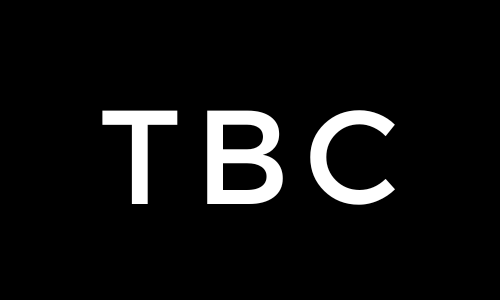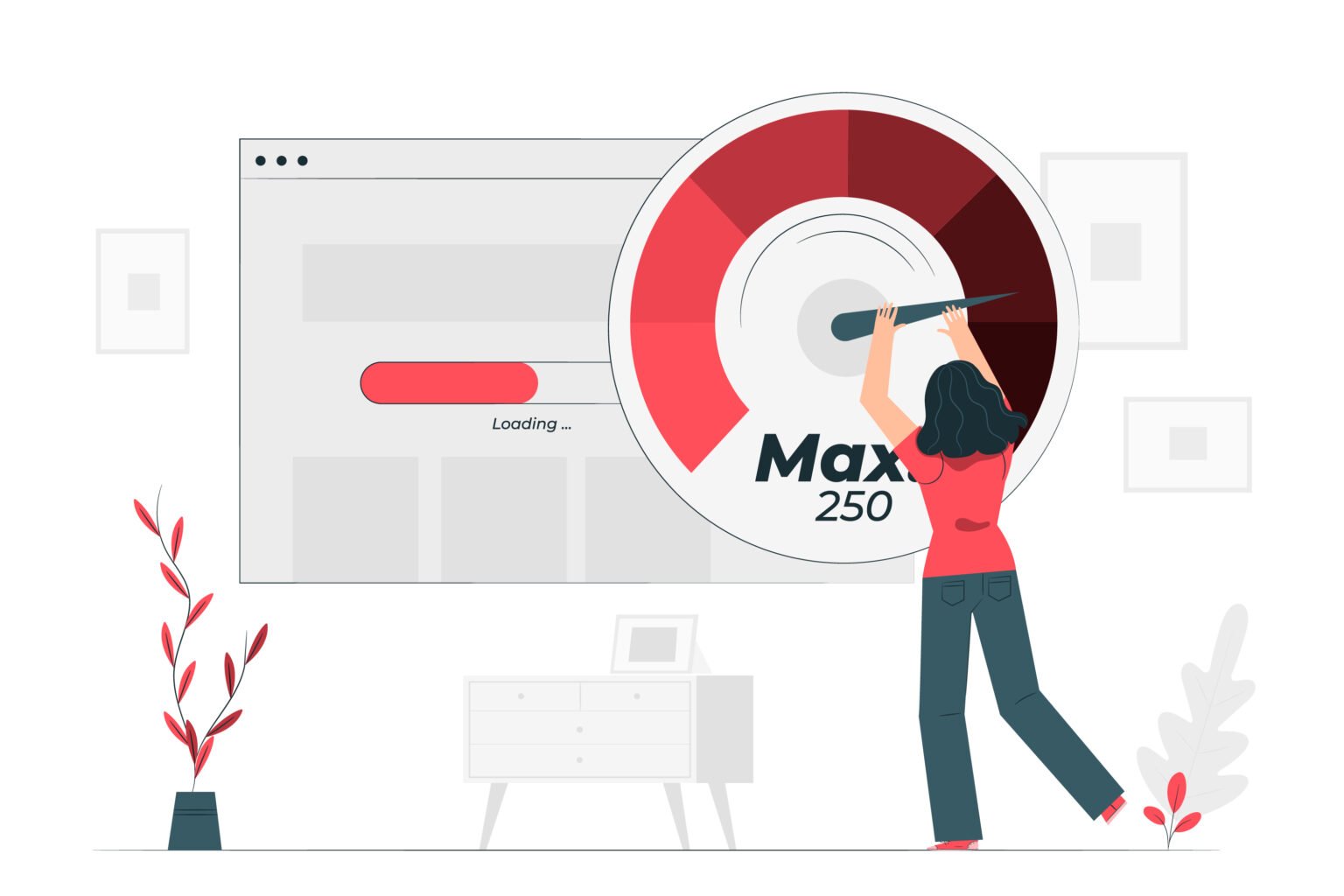Over the last few years, I’ve built blog sites using some of the best plugins and WordPress themes available today. Like any blog built on WordPress, site speed and performance are super important. In fact, they’re arguably the most important impressions of a site because no one likes a slow site and it’s easier to click away to someone else’s site.
In this article, I will explain why I use the cache plugin WP Rocket and CDN service Cloudfare as my go-to selections to boost site speed and fix Pagespeed diagnostic concerns like properly sized images, reduced unused CSS, and so on. I’ve used these on my sites and can attest to the speed differences. Both are very good and highly recommended.
What is WP Rocket and how does it work for your blog?
WP Rocket is a popular plugin specifically designed to improve the performance of WordPress websites, including blogs. It tackles a major factor that can frustrate readers: slow loading times. Here’s how it works its magic:
WP Rocket uses a technique called caching. Imagine your blog content as a restaurant menu. When a customer (reader) visits for the first time, the waiter (server) has to fetch the menu (content) and present it.
WP Rocket creates a static copy of that menu beforehand. So on subsequent visits, the waiter can quickly grab the pre-prepared copy, significantly reducing waiting time (loading time) for readers.
But WP Rocket goes beyond basic caching. It also optimizes various elements of your blog. For instance, it can minify code (like CSS and Javascript), making it smaller and faster to load.
It can also implement lazy loading for images, which means images only load when a reader scrolls down to them, further improving initial page load times.
How much does WP Rocket cost?
WP Rocket offers three pricing tiers, all billed annually:
- Single License: This plan costs $59 and allows you to use the plugin on one website for a year.
- Plus License: For $119 per year, this plan lets you use WP Rocket on up to 3 websites.
- Infinite License: This is the most expensive option at $299 per year, but it grants you unlimited website usage for the entire year.
Here’s a quick comparison to help you decide:
- Single blog: If you only have one blog, the Single License at $59 is the most cost-effective option.
- Multiple blogs (up to 3): The Plus License at $119 is a good choice if you manage 2 or 3 blogs.
- Many blogs: If you manage a large number of blogs, the Infinite License at $299 might be the most economical option in the long run, considering the per-website cost.
Remember: These are annual prices. There are no monthly billing options available.
What is Cloudfare and how does it work for blogs?
Cloudfare is a company that offers a variety of internet services. However, with blogs, Cloudflare mainly focuses on two things–security and performance.
Here’s another way to look at it. Imagine Cloudflare as a security guard for your blog. It filters out malicious traffic like spam comments or hacking attempts before they reach your blog’s server, keeping your site safe. It also protects against DDoS attacks that aim to overload your server and crash your blog.
On the performance side, Cloudflare has a massive global network. When someone visits your blog, Cloudflare can deliver the content from a server closer to them, making it load much faster. It can even optimize images for faster loading times.
Even Cloudfare’s free plan offers basic features to enhance your blog’s security and performance, resulting in a smoother experience for your readers.
Cloudfare plans
Cloudflare doesn’t have separate plans specifically designed for blogs, but their existing plans work well for bloggers. Here’s the breakdown on plans and pricing:
- Free Plan: This is a great starting point for many blogs. It offers core security features like SSL encryption and basic DDoS protection. It also includes a Content Delivery Network (CDN) to improve loading times for your readers. There’s no cost involved, making it a budget-friendly option.
- Pro Plan: This plan starts at $20 per month (billed annually) or $25 per month (billed monthly) and is well-suited to growing blogs. It offers increased security measures, faster content delivery with higher bandwidth allowances, and features like Automatic Platform Optimization (APO), which can significantly speed up WordPress blogs.
- Business Plan: This plan is ideal for larger blogs or those with stricter security needs. It starts at $200 per month (billed annually) and offers even more robust security features, including 24/7 support and unmetered DDoS protection.
- Enterprise Plan: This custom plan is suited for large organizations with complex websites and specific security requirements. Pricing varies depending on their specific needs.
Here’s the key takeaway:
- You don’t need a special “blogger” plan. Choose a plan based on your blog’s size and traffic.
- The free plan is a solid option for many starting out.
- Pro plans offer more features and security for growing blogs (around $20/month).
For exact pricing:
Cloudflare’s pricing can vary slightly depending on billing options (monthly vs. annually) and potential add-ons. It’s always best to check their website for the latest pricing details: https://www.cloudflare.com/plans/
Conclusion
You will undoubtedly see a speed difference when you use this tandem. After testing many different cache plugins and CDN services, I found this to be the best pairing I’ve used.
Both dramatically improve site speed while sprinkling in a few great features to enhance security and content delivery to your site. It’s definitely a no-brainer, in my opinion.
Another note before I close is cost. If you’re serious about blogging or e-commerce, certain costs cannot be avoided, as they typically roll in one way or another. Site speed is important to me, and first impressions can be everything for any prospective visitor. It will pay for itself on day one.
If you enjoyed this post and want to read more about my experiences using web hosting services like Hostinger and Bluehost or making passive income online, please subscribe to the newsletter to get notified whenever new content is available.
Discover more from The Blog Channel
Subscribe to get the latest posts sent to your email.









